Is Jesus’ Modern Depiction Based on Cesare Borgia?
Depictions of Jesus Christ have so rarely changed over the last few centuries. The image of a tanned, white man with blue eyes and dark blond hair has become the standard look of the Messiah.
This depiction of Jesus wasn’t always the standard. How did we come to picture Jesus today as the son of Christ? Whose likeness is he based on? Let’s get into it!
Could Cesare Borgia Be Jesus?
French novelist Alexandre Dumas wrote in his collection of essays in “Celebrated Crimes” that the modern depictions of Jesus Christ stemmed from pictures of one individual. According to History Defined, “The Count of Monte Cristo” writer discovered extreme similarities between the Jewish prophet and the Christian son of God based on Cesare Borgia.
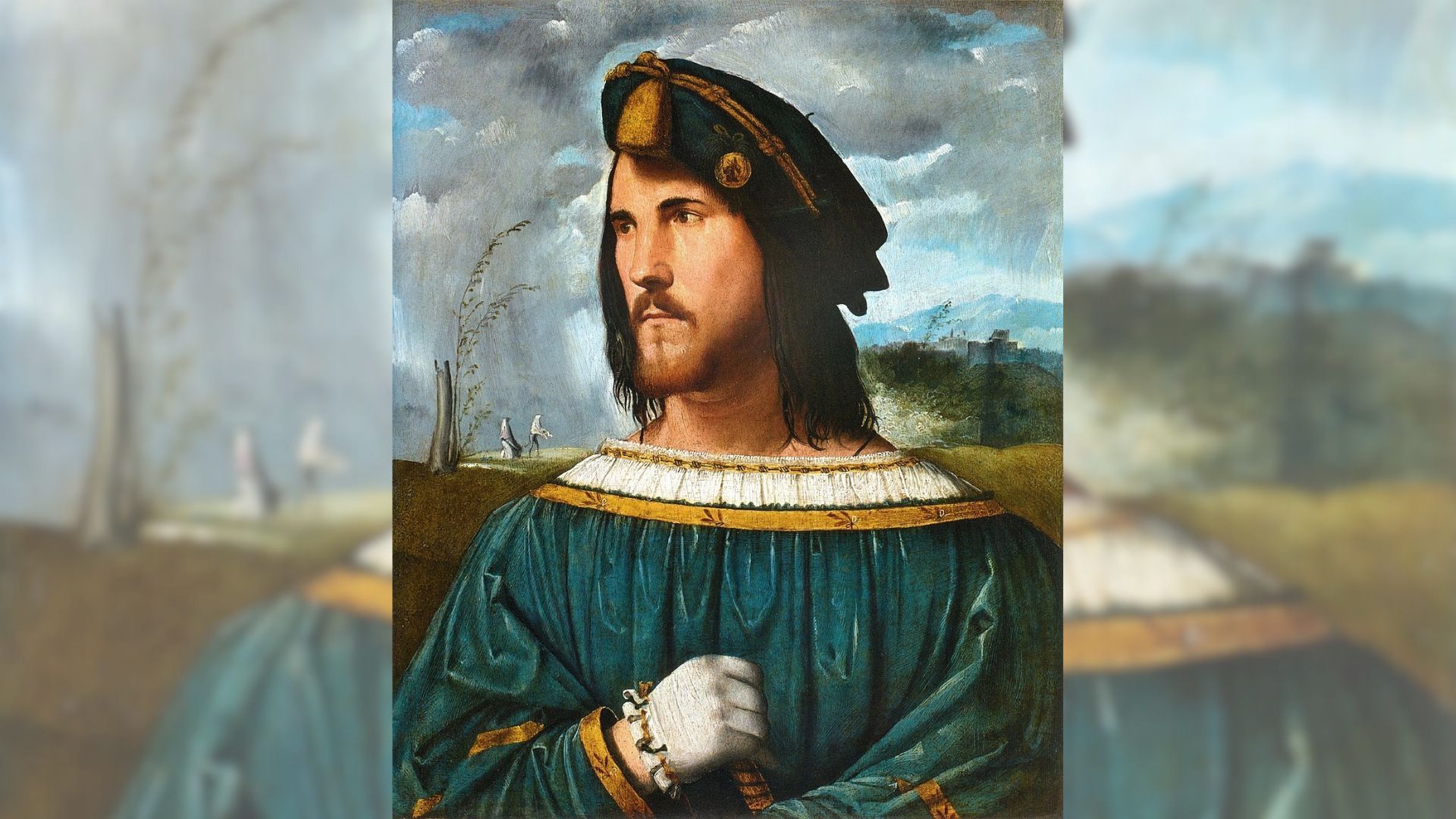
Source: Wikimedia Commons
The similarities between the modern depiction of Jesus and the surviving pictures of Cesare Borgia are undeniable. Was this done on purpose or some act of pure coincidence?
Who Is Cesare Borgia?
Born around 1475 in Italy, Cesare Borgia was the natural son of Pope Alexander VI and his Italian lover Vannozza dei Cattanei. Cesare was also the brother of the black widow of Rome, Lucretia Borgia. Cesare was a Renaissance captain who enhanced the political power of his father’s jurisdiction in Rome.
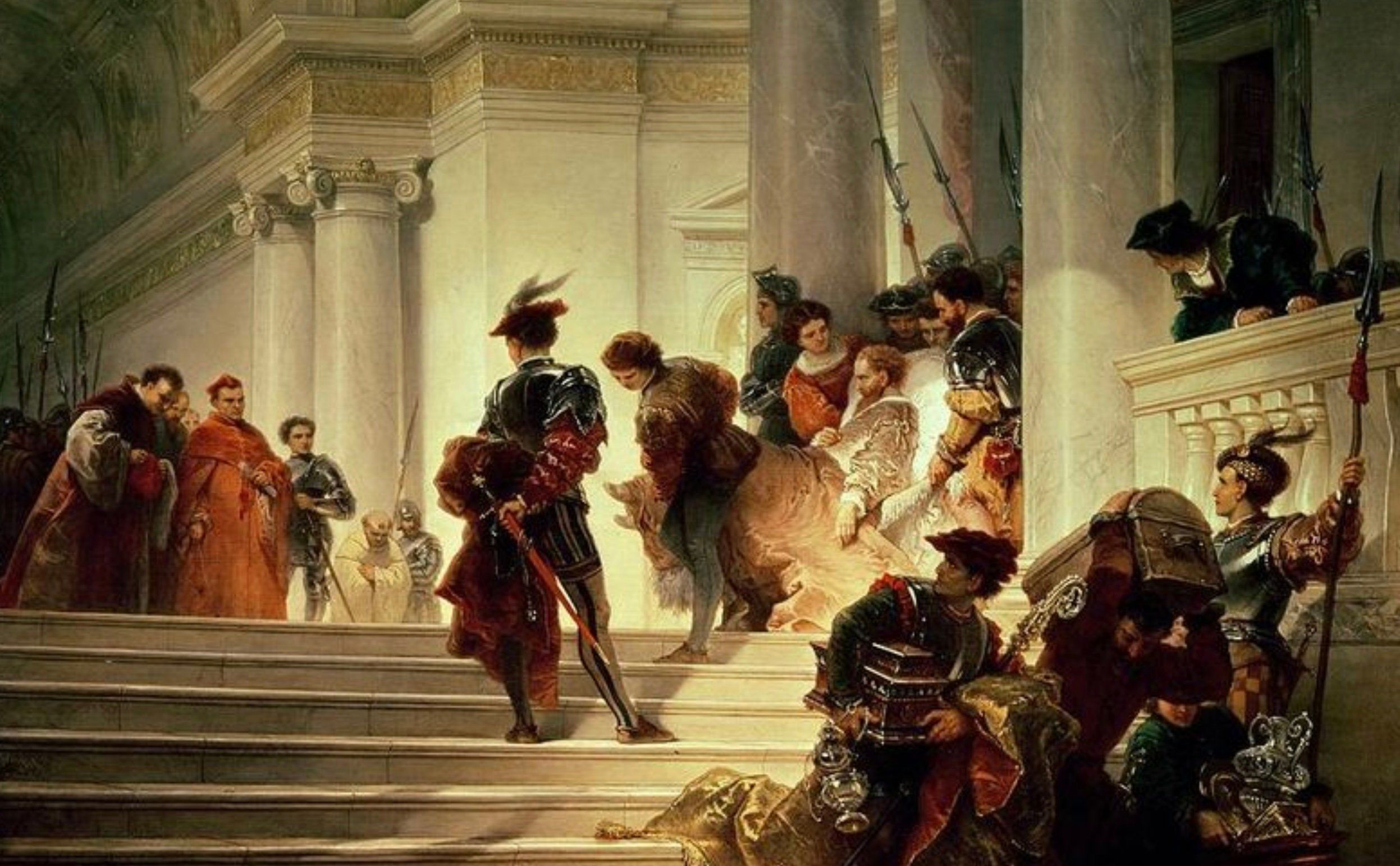
Source: Wikimedia Commons
Cesare would become a powerful general of the armies of the church, raising the ranks quickly thanks to his father’s fondness for nepotism.
Cesare Borgia Helped His Father Rule
During the late 15th and early 16th centuries, Italy was divided into five city-states: Florence, Milan, Urbino, Genoa, and Venice. As Alexander ruled over most of central Italy, which included the province of Lazio south toward Naples, Cesare was his most trusted and important ally.
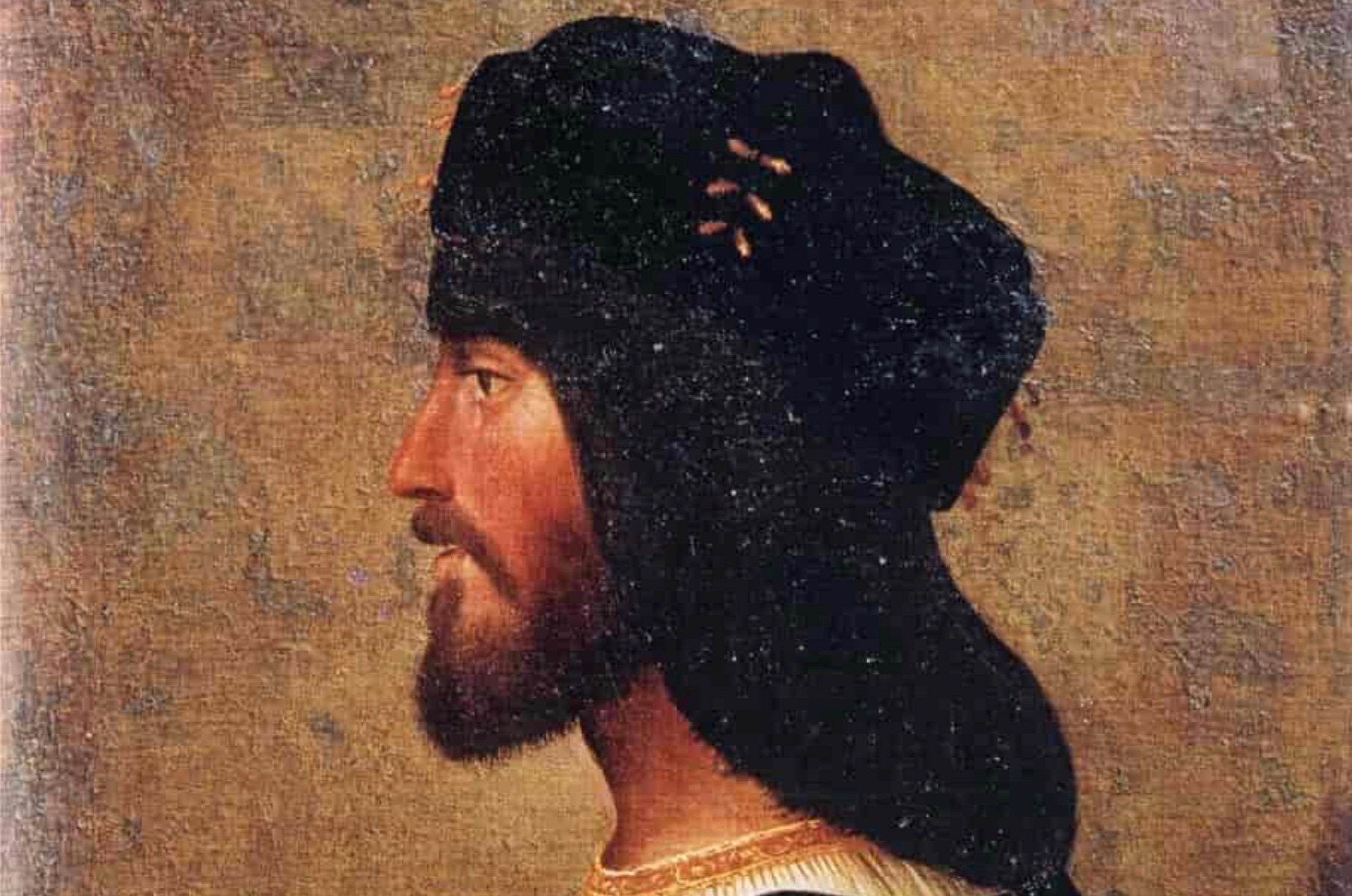
Source: Store norske leksikon/Public Domain
Around the same time, Spain and France had become involved in a war to establish dominance over the peninsula. Known as the Italian Wars, the two powers would last for 60 years.
Cesare Was a Polarizing Figure
Cesare was successful in the many roles his father put him in, and even carved out his principality in central Italy in the Emilia Romagna area, which now belongs to Bologna. Pope Alexander VI’s son would eventually earn the title of Duke of Gandía after the mysterious murder of the title holder, Cesare’s younger brother Juan.
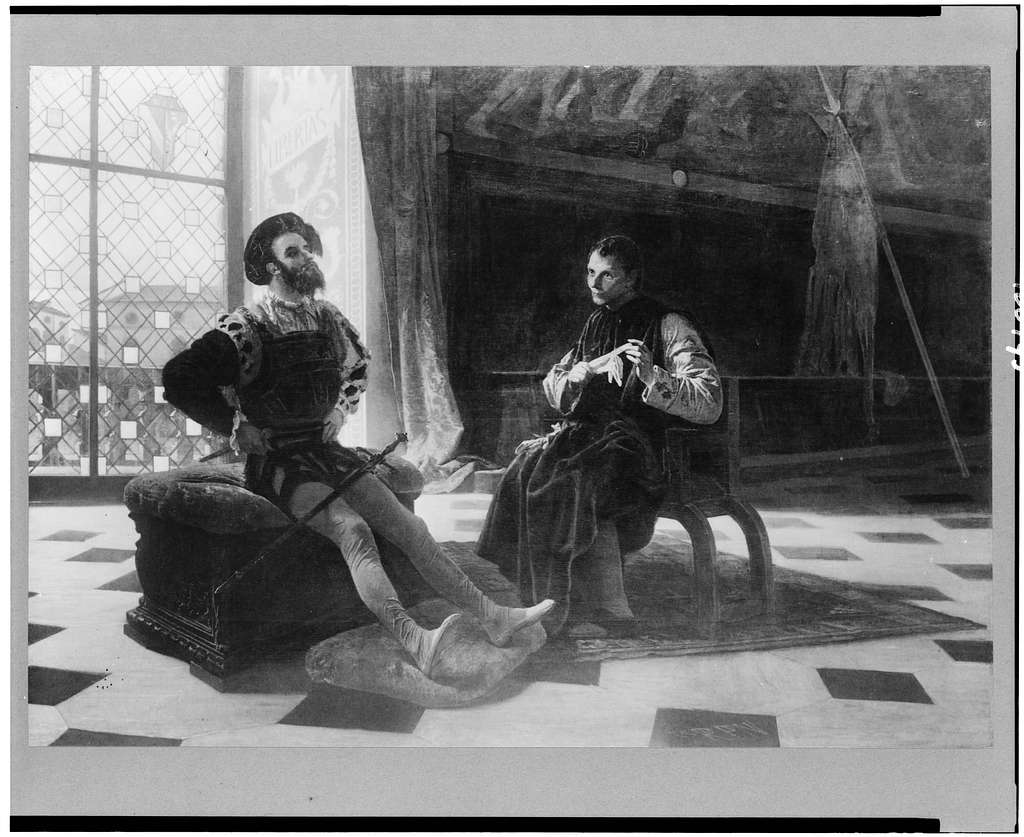
Source: Library of Congress/Picryl
Additionally, Cesare’s title allowed him martial and political leanings. He would marry Charlotte d’Albret, the sister of the king of Navarre, after failing his attempt to marry the king of Naples’ daughter. Cesare would earn the title of Duke of Valentinois from Louis XII, which is how Cesare earned his nickname, II Valentino.
Cesare Borgia Influenced One of the Most Controversial Books of the 15th Century
The great Florentine political theorist, Nicoló Machiavelli, wrote his satirical guidebook for a ruthless ruler. “The Prince” became an immensely popular book, and influenced Henry VIII to turn toward Protestantism.
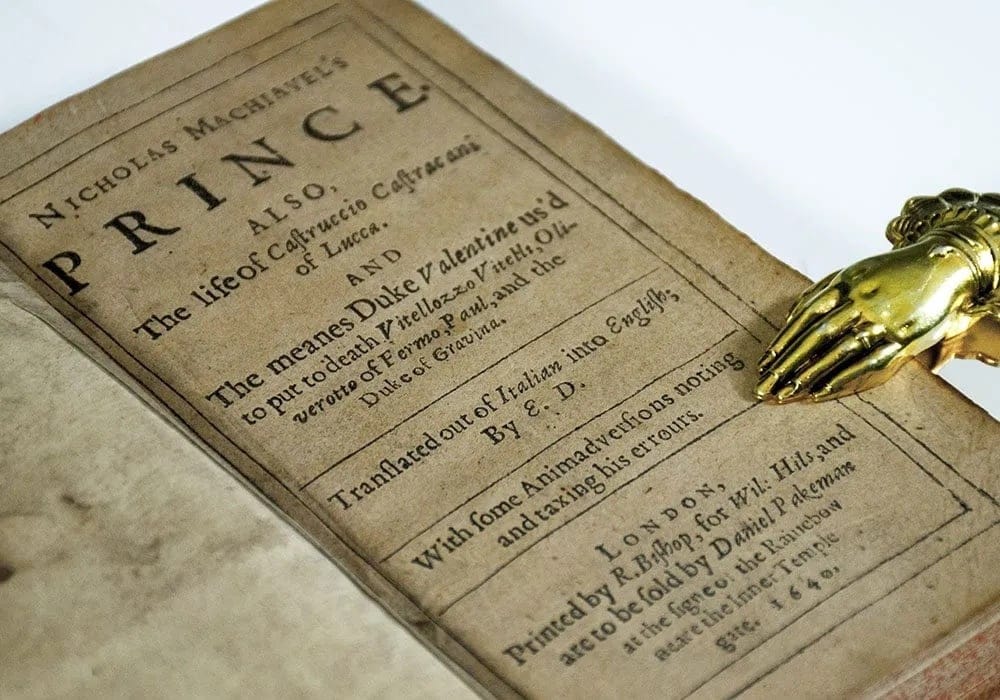
Source: Raptis Rare Books
Machiavelli was criticized for “The Prince,” with some stating that the theorist was an atheist and accused the book of being a manual to teach tyrants how they could seize and maintain power.
How Did Cesare Borgia Die?
The son of the pope was ambushed and killed before he could become a ruler with great power. It is still hard to imagine how this man influenced the modern-day depiction of Jesus. If we take a step back, the political power and church power were greatly intertwined, and Cesare was pretty high up in the ranks.
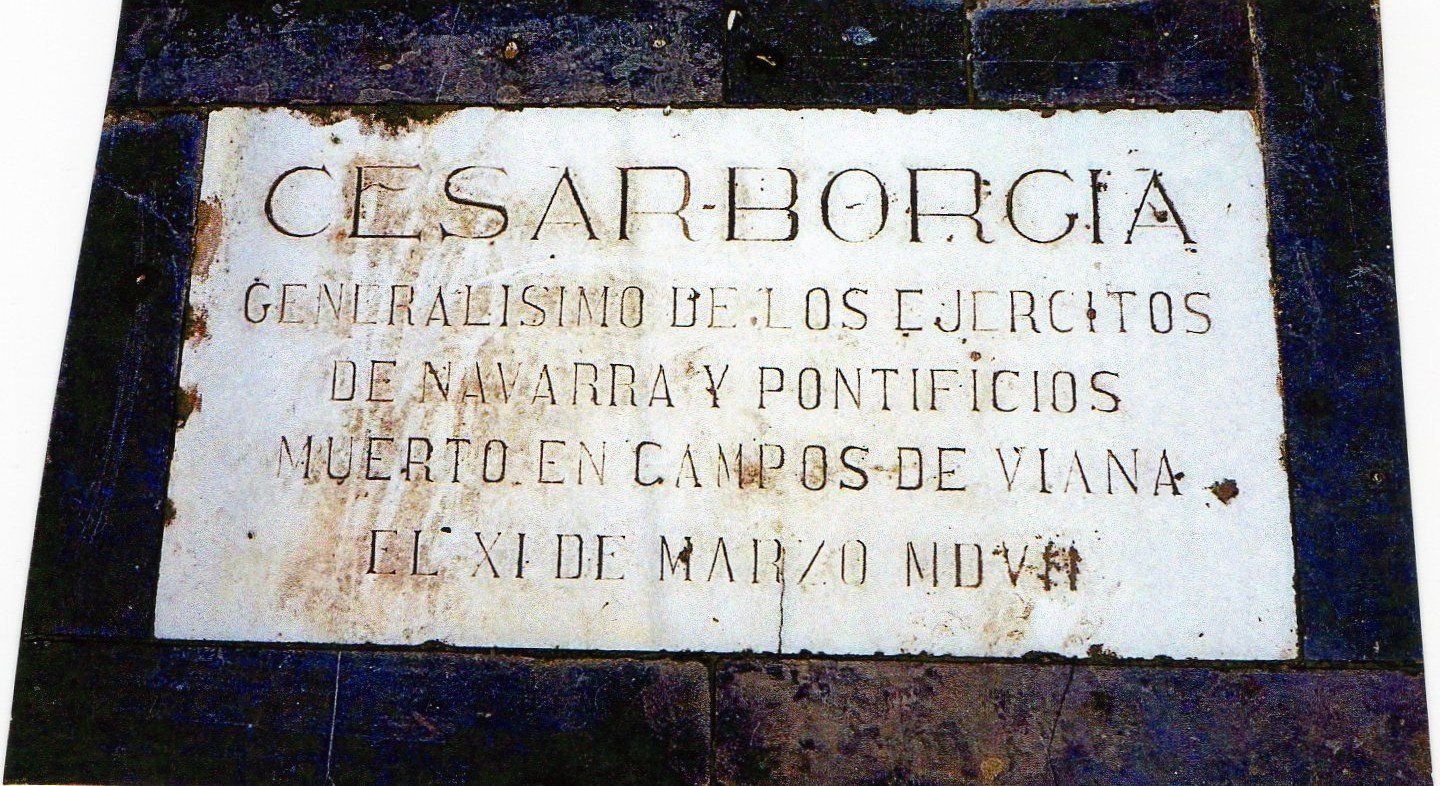
Source: Wikimedia Commons
While there is no recorded truth to Dumas’ claim, the similarities between the paintings of Cesare next to images of Jesus’ depiction in the 16th century are there.
Where Did the Image of Jesus Christ Come From?
Northern Italian painter Altobello Melone is responsible for painting Cesare Borgia’s portrait that looks similar to the stereotypical image of Jesus. Side by side, the images share several similarities. Both look to be of the same healthy weight, with medium-length beards, mustaches, and similar skin tones.

Source: Wikimedia Commons
The facial expressions seem to be the same as well, which makes it easy to assume why Dumas believed that Cesare Borgia is Jesus.
Christian Artists Aren't Concerned About Skin Color
However, we must remember that Christianity was a bit fluid about the skin colors of their religious figures. Oftentimes, the church would change the skin color of the figures to reflect the communities they were trying to convert.
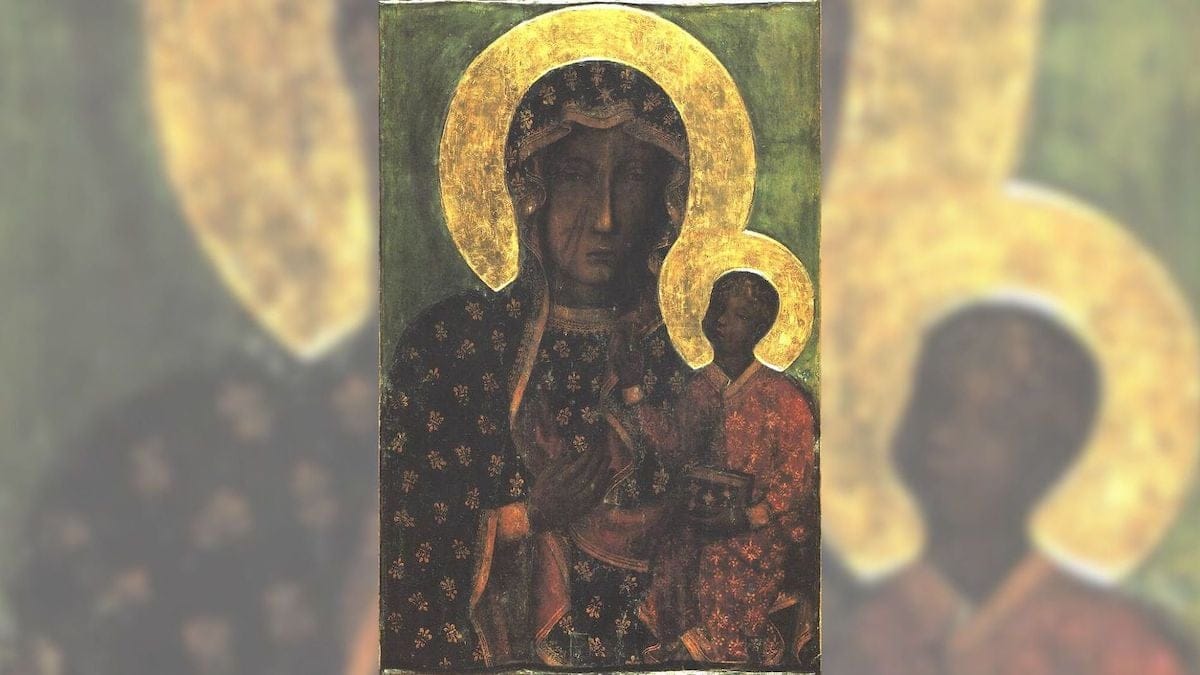
Source: Wikimedia Commons
For example, the Black Madonna, which has medieval origins (12th to 15th century), depicts Mary and baby Jesus with dark skin.
It’s All About Influence
Another famous image of Mary with altered skin tone is in Mexico. Our Lady of Guadalupe depicts the mother of Jesus with darker skin, reflecting the indigenous population of Mexico that was being colonized by the Spanish.
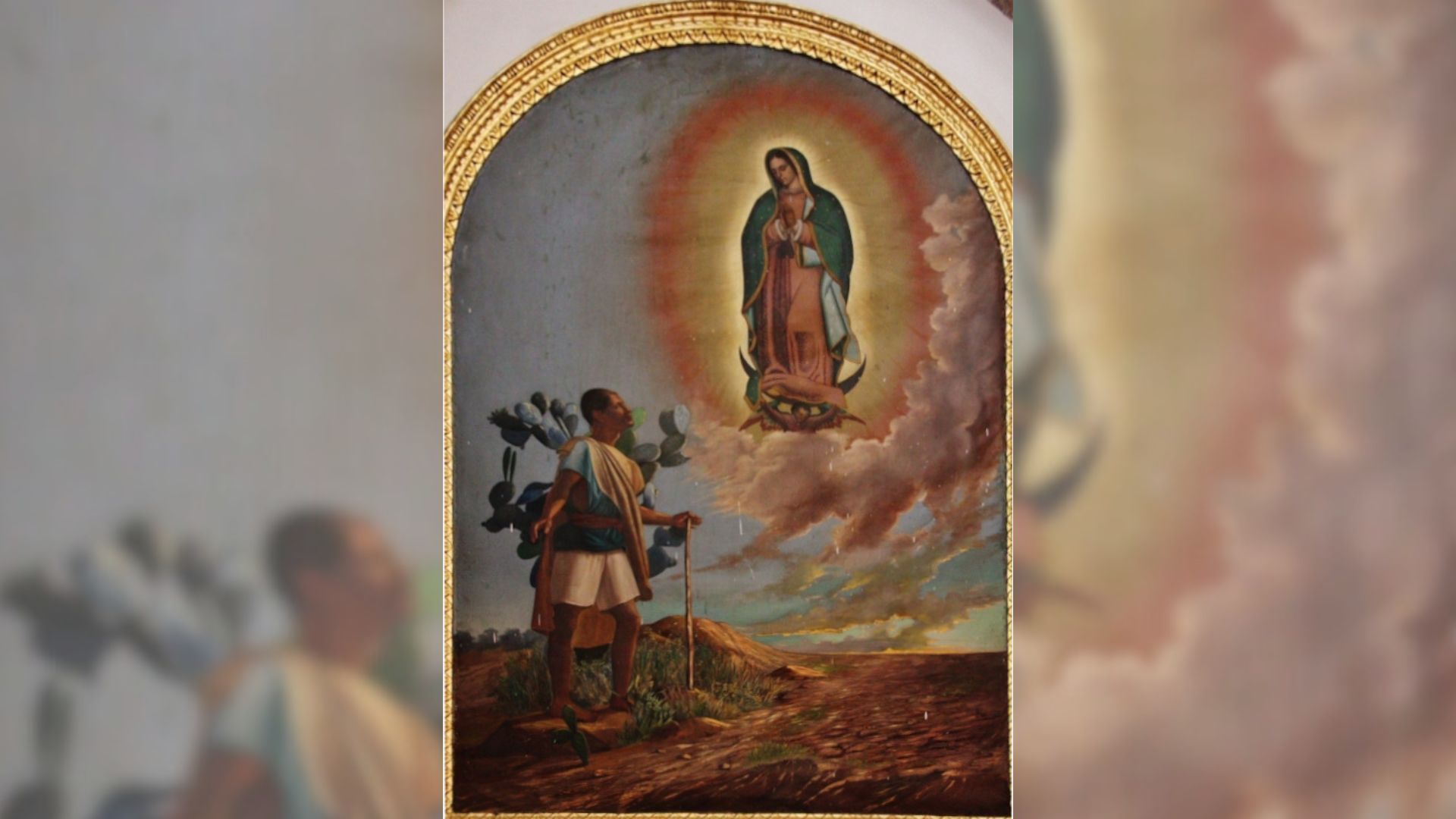
Source: Wikimedia Commons
Whether you like it or not, the iconography of Christianity changes to reflect the desires of the church, and there is a chance the likeness of the complicatedly beloved and feared Italian influenced a few artists’ depictions of Jesus.
Were Modern Depictions of Jesus based on Cesare Borgia?
Of course, there are dozens of examples throughout the Middle Ages that depict Jesus looking like his modern self. The Ravenna Mosaics showcase this depiction of Jesus and predates Cesare’s life by a few hundred years.

Source: Pubic Domain
While Dumas presented an interesting story, there is no weight to it. Unfortunately, the surviving pictures of Cesare Borgia just happen to look like Jesus.
Who Is the Image of Jesus Christ Based On?
The first depiction of Jesus was found in Syria and dated to 235. The beardless young man is carrying a calf on his shoulders. The earliest pictures of Jesus show the gradual evolution of the modern Jesus depiction we know today.
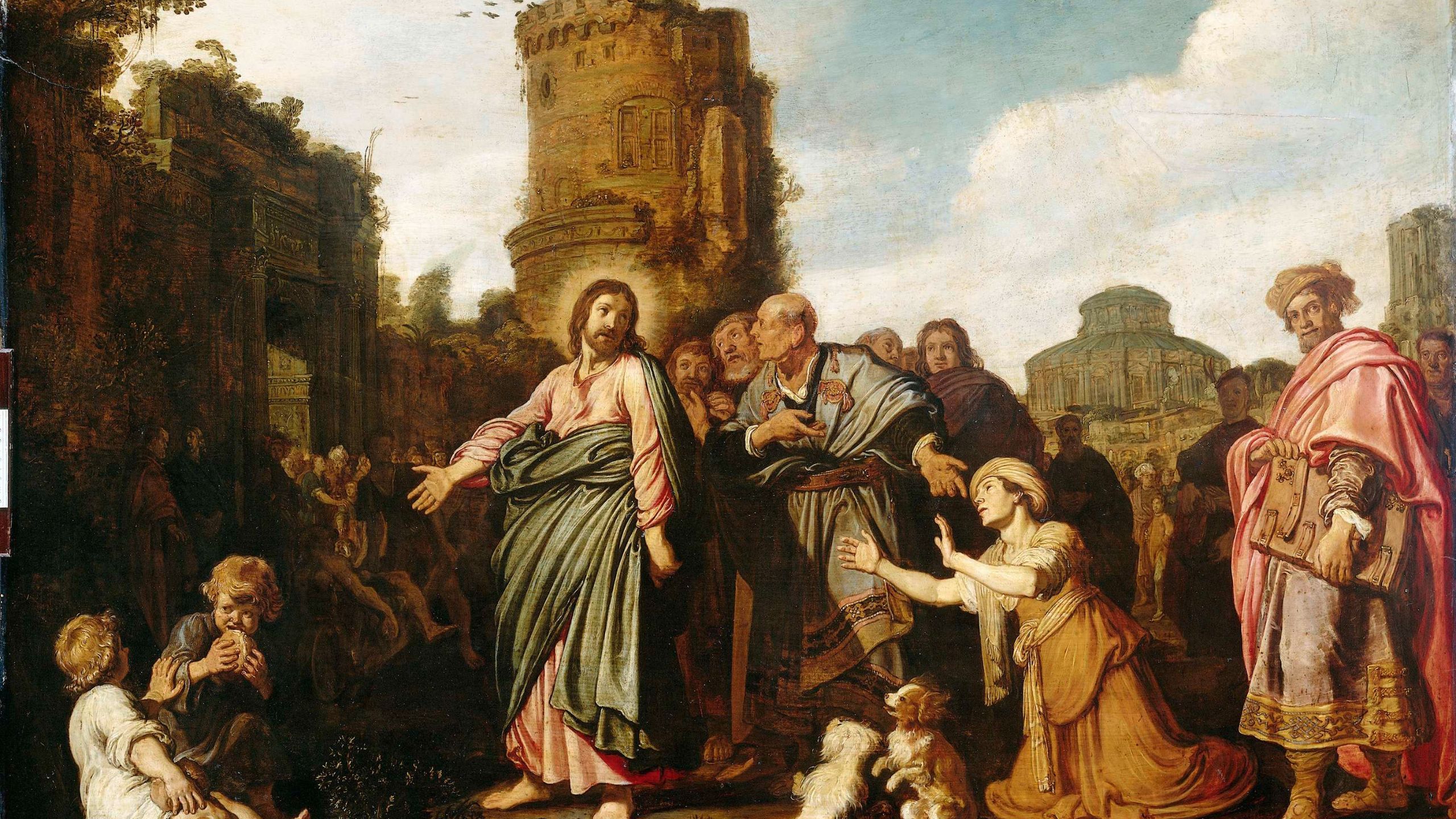
Source: Canva
There are no real pictures of Jesus Christ, but it seems that the image of Jesus Christ is based on Mediterranean deities such as Hermes, Asclepius, Serapis, and Zeus.
